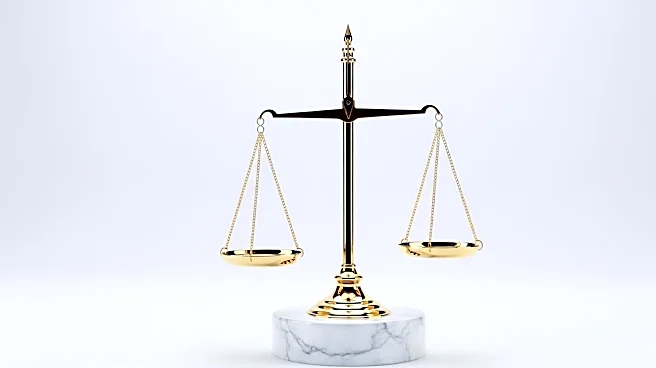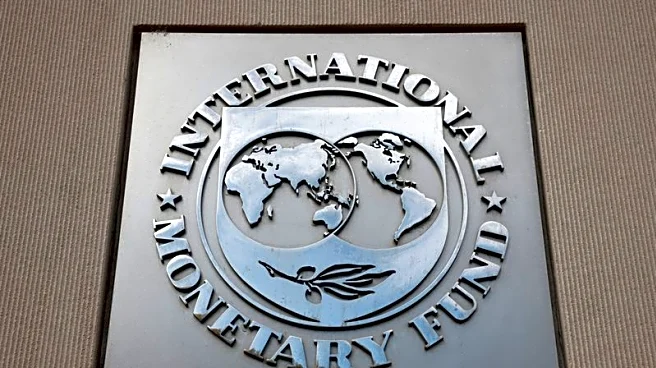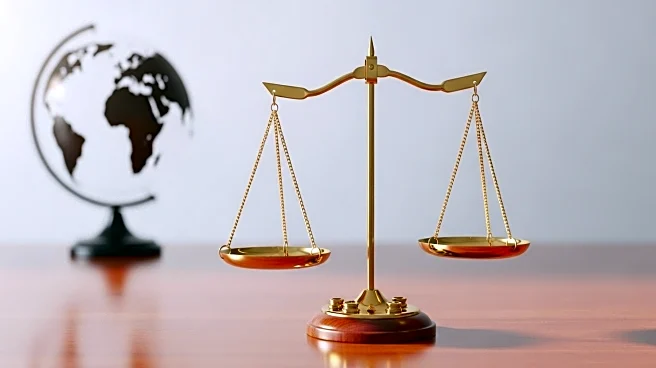What's Happening?
Congress has set a 90-day deadline for the U.S. Treasury to develop a Strategic Bitcoin Reserve plan, as outlined in the FY2026 Financial Services and General Government bill, H.R. 5166. This legislative move requires the Treasury to submit a report on the feasibility of establishing a Bitcoin reserve and a custody plan for federal digital asset holdings. The report must address custody, cybersecurity, and how these assets will be reflected on the federal balance sheet. The initiative follows a March executive order that introduced the concept of a federal Bitcoin stockpile. Recent market changes, such as the approval of spot Bitcoin ETFs, have influenced this development, allowing for direct Bitcoin transactions. The U.S. Marshals Service currently controls approximately 29,000 BTC, with the total government-held Bitcoin estimated at 198,000 BTC.
Why It's Important?
The establishment of a Strategic Bitcoin Reserve could significantly impact the U.S. financial landscape, influencing market dynamics and investor sentiment. The Treasury's approach—whether to hold, buy, or lend Bitcoin—will affect ETF flows and market liquidity. A decision to consolidate a large portion of Bitcoin could reduce market float, increasing volatility during stress periods. Alternatively, a lending strategy could enhance liquidity without selling assets. This initiative reflects the growing importance of digital assets in federal policy and could set a precedent for other nations considering similar reserves.
What's Next?
As the 90-day deadline approaches, the Treasury's strategic decisions will be closely monitored. The outcome will influence how Bitcoin is integrated into the broader financial system and could lead to regulatory changes. Stakeholders, including financial institutions and investors, will be keenly interested in the Treasury's report and subsequent actions.











